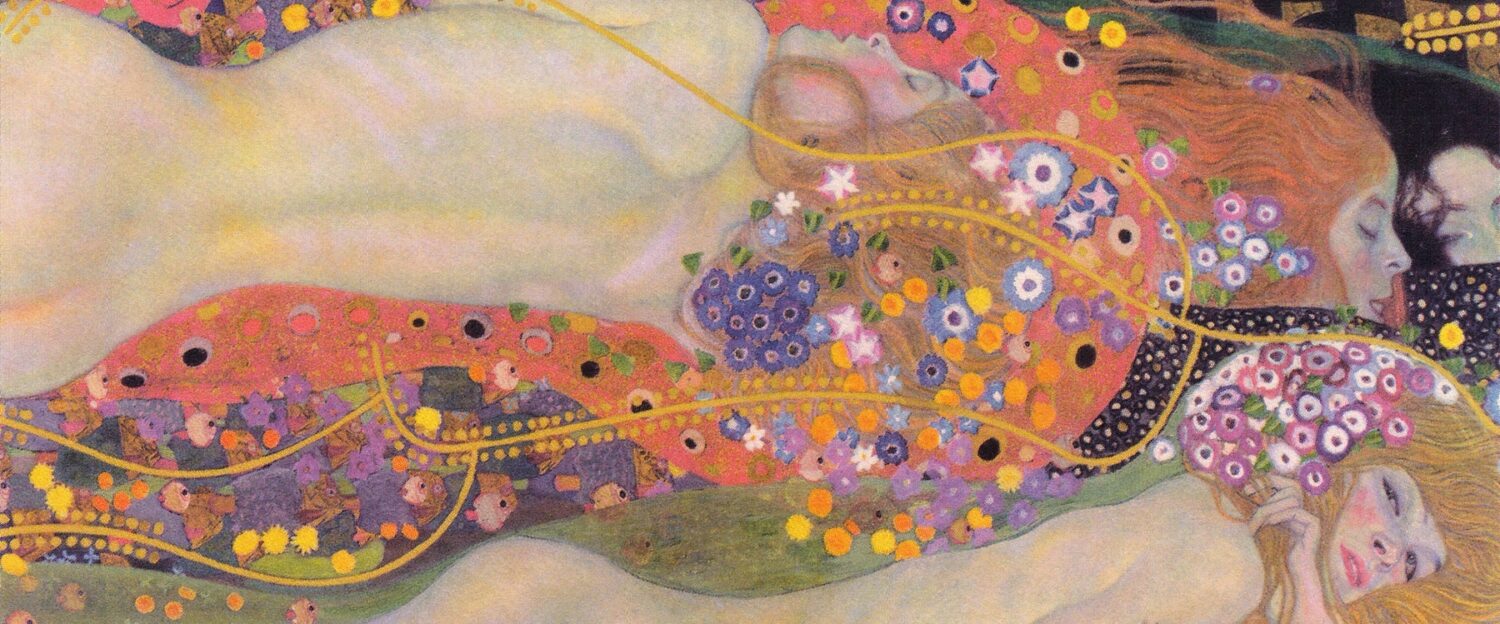What arting conversations give you. Some people tend to be glued to their phone,
some play sports, some immerse themselves in hobbies, and some delight in good
conversation, as I do. There generally is a focus of some kind in most chosen pleasures.
Yet, the capacities that are used may be passive, repeated or just familiar. They include
those studied and rewarded at work and school such as logical-mathematical and
linguistic skills.
In contrast, Arting As Conversation offers opportunities to integrate and expand
your skills and powers in enjoyable, refreshing ways. As you’ll see below and on our site,
they include:
authentic communication
pattern recognition
visual stimulation
self-insight
shared interpretations
opportunities to learn from listening and noticing.
Among other possibilities, you’ll also experience the pleasures of color, texture,
surprising, stimulating juxtapositions and the fun of your own art and poetry
discoveries.
As the prescient philosopher and psychologist William James wrote long ago, our
Vital Reserves are only a small proportion of the energy and attention of which we are
capable. When you move further into what Shari and I offer, you’ll see how to
experiment with a wider range of intelligences and skills. You’ll see how to integrate
them in a playful process that’s constantly updated.
The process involves learning new things, strengthening relationships and adding
to your personal awareness and insights. Expect your senses and curiosity to be
stimulated, contexts appreciated and how art evolves and devolves noted. All of this is
possible without prior training, experience and education in such areas or expert
credentials.

All you’ll need to dive in is openness for exploring beyond what’s known, even
comfortable or predictable. You’ll likely benefit from letting go of having the right
answers and judging yourself and others. For a quick overview and to get comfortable
with process and adventure, explore our website. Move
further into it with this quick overview.
More than most new experiences and processes, you’ll have the fun of flexing and encountering many nascent and new skills, capacities or intelligences all it once in
interacting ways. By exploring artists and choosing poetry, often online, that appeal, puzzle or intrigue you. you’ll have the adventure of discovering related aspects of yourself and pursuing unexpected leads. You may even be inspired to start playing with
expressing your own artful side as I did recently, creating collages.
What visual attention offers. As you’ll see when you experience the arting process, several of Howard Gardner’s definitions of intelligence can be engaged, expanded and added to your repertoire. They include abilities to:
use language to express oneself and understand others or linguistic intelligence
identify patterns, part of logical intelligence
understand and deal with others and work through differences of perception and
conclusions or interpersonal intelligence
appreciate yourself and see connections with personal matters and experience,
possibly exploring deeper questions of meaning and purposes or intrapersonal
intelligence
According to Gardner, visual-spatial intelligence is central to how people acquire
knowledge, solve problems, and recall information. People with strong visual-spatial
intelligence often excel in fields that require strong spatial abilities, such as architecture,
engineering, and the arts.
At heart, though, visual intelligence per se is all about noticing what you sense or
know already as well as what’s surprising and new. Parents, children, police, medical
and dental professionals, teachers and anyone who benefits from paying attention to
what they see will enlarge ways for improving situations and enjoying them. For a
deeper discussion of the benefits of Visual Intelligence, see Amy E. Herman’s book to
open your door to this power that deserves to be taught regularly.
How would strengthening your processes of attention by seeing, looking,
noticing and interpreting bring greater meaning, fun and ideas for action? How
would what you choose to explore enrich your current life and activities?
Moving beyond being objective. In our culture, being objective is often lauded. Not
only does that often inaccessible goal muddy understanding and appreciation of art, it
can also lead to hangover habits of proving who’s right and wrong. Instead, experience
arting conversations in open ways, focusing on understanding and learning from one
another through listening and interacting.
A richer, more exciting approach for communicating about art is perspectivism.
That’s “the epistemological principle that perception of and knowledge of something are
always bound to the interpretive perspectives of those observing it. While perspectivism
does not regard all perspectives and interpretations as being of equal truth or value, it
holds that no one has access to an absolute view of the world cut off from perspective.”
Whether or not you’re comfortable with this approach now, try it to find its value
to understanding art as you communicate with your chosen arting partners. You may
also find it useful in other contexts and situations.
Additional benefits from your arting process. As you move forward with the
process, you’re likely to:
make and deepen connections
enrich friendships through listening and trust
see opportunities for developing new skills relevant to teamwork
try out your original ideas and impressions
When entered into with a playful, curious, nonjudgmental yet critical, perspective, who
knows where the adventure will take you and others?
Discover more from Arting: Art As Conversation
Subscribe to get the latest posts sent to your email.
